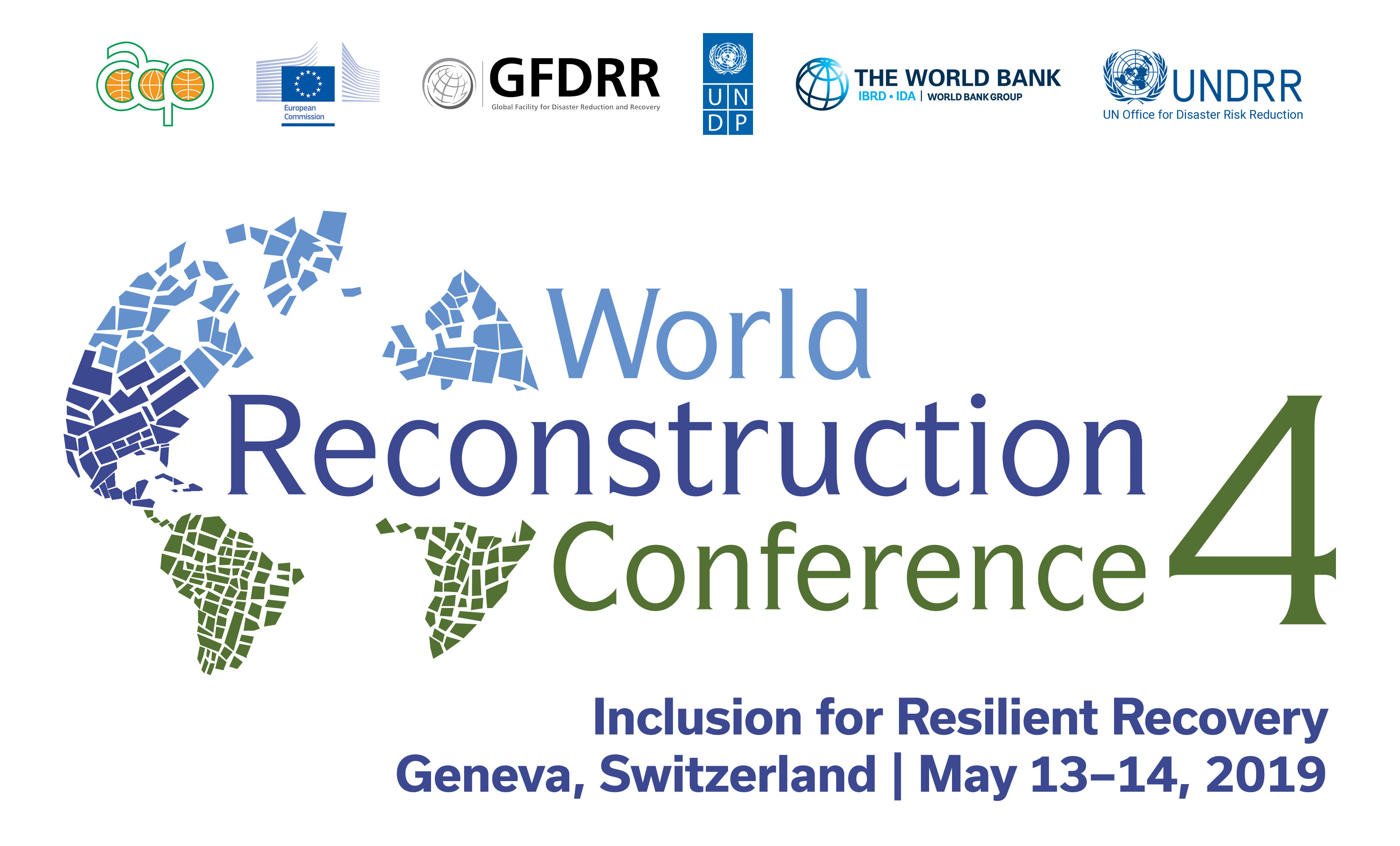Session Summary
Several South Asian countries have pioneered innovative approaches and practices and produced action plans to adopt inclusive resilience concepts in their DRM portfolios. A dedicated session discussed the way forward for the implementation of successful practices to take these countries to the next level and to consider replicability in other countries of the region. The main objectives were to generate interest to advance inclusive resilience at the project level in any region or country, disseminate sample action plans which include concrete inclusive resilience activities that project managers (from Government) and development partners can customize for their projects, and expand the inclusive resilience network thus helping find various partners to help countries implement their action plans.
The session highlighted the importance of framing different areas of DRM and integrating them with social needs so that these areas become social inclusion entry points. Examples of such areas include risk assessment, structural resilience, hydro-met, emergency response services, and community resilience. The panel was optimistic that the lessons from technical approaches that work in one country can successfully be transplanted to other South Asian countries.
South Asia as a region is unique in two ways: the increasing frequency of natural disasters over the last 10-20 years, which affect its large populations and densely populated areas, and its very heterogeneous population groups with a unique age profile comprising many children on the one hand and many elderly on the other. There is an increasing awareness in the region of the need for inclusion of persons with disabilities, both in the immediate aftermath of a disaster, and in the recovery and rebuilding processes.
The experiences from the devastation wrought by the 2015 earthquake in Nepal were shared. PDNA and recovery efforts focused on not just social, but also technological, economic, cultural, legal, and institutional aspects. The main challenges were political transition and federalization, geo-spatial and seasonal hurdles of access, and a significant financial resource gap. The future action plan is to focus on socioeconomic recovery and livelihoods with special support to socially excluded and vulnerable groups, sustainable and socially inclusive resilience in DRM, and urban housing reconstruction including traditional settlement and heritage conservation involving the local population.
Flood-hit Pakistan’s social inclusion challenges include gender and patriarchy, class, social and ethnic inequality, embankment-protected and unprotected agricultural settings, and disabilities being defined in terms of immobility. Multiple efforts are being currently undertaken to enhance the social inclusion of vulnerable and marginalized groups. The action plan for mainstreaming inclusive resilience includes socially inclusive disaster vulnerability assessments, community response plans and drills, and community consultations.
In Bangladesh, the challenges to mainstream inclusion were presented by economic status, gender, poor capacity to respond to early warning and forecasts, and lack of a dissemination mechanism to reach vulnerable communities in time. Opportunities for more socially inclusive DRM in disaster-prone areas include strengthening information services and early warning systems in meteorology and hydrology, developing agro-meteorological information systems, and an effective dissemination mechanism for farming communities. Key challenges include lack of sufficient network to draw weather data, absence of sufficient location-specific research data, issues in dissemination, and technical problems of forecast. Key problems in agricultural climate services include the need to empower various stakeholders, increase cross-sectoral awareness, and enhance coordination among climate service providers.
Sri Lanka called attention to its persistent vulnerability to floods and landslides. Current efforts to enhance social inclusion include (a) ensuring equity and priority in resource distribution to vulnerable groups (b) recognizing the right of disaster-prone communities to participate in and contribute to decision-making and addressing the specific concerns, vulnerabilities and capacities of vulnerable groups (c) prioritizing them in delivery of emergency supplies and compensation under the national natural disaster insurance policy, gender and social inclusion in DRR and (d) enhancing hydro-met service delivery systems, flood mitigation infrastructure, and resettlement assistance to be inclusive for vulnerable households and persons with disabilities. The challenges to social inclusion in DRR relate mainly to translating theory into practice. Practitioners need to be trained and empowered to convert theory into concrete plans that include vulnerability profiles. Data collection and sharing, and coordination among agencies continue to be a significant challenge, as does investment in inclusion, since the output is not tangible.
The session showed how far governments in South Asia have come in terms of excellent risk management, and inclusion of people who are most at the risk of being left out. Inclusion becomes a reality when three things happen. First, policy makers acknowledge that there are excluded groups, and that something needs to be done about them. Second, data and evidence exist. Lastly, there is learning from the past. Countries are doing well on the first and last score, but much more needs to be done in terms of collecting robust data and evidence rather than relying on anecdotal information. The panelists agreed that specific, relevant data collection, cooperation among stakeholders, participation and contribution from the community, capacity building, and a focus on livelihood resilience were needed to ensure better inclusion.

